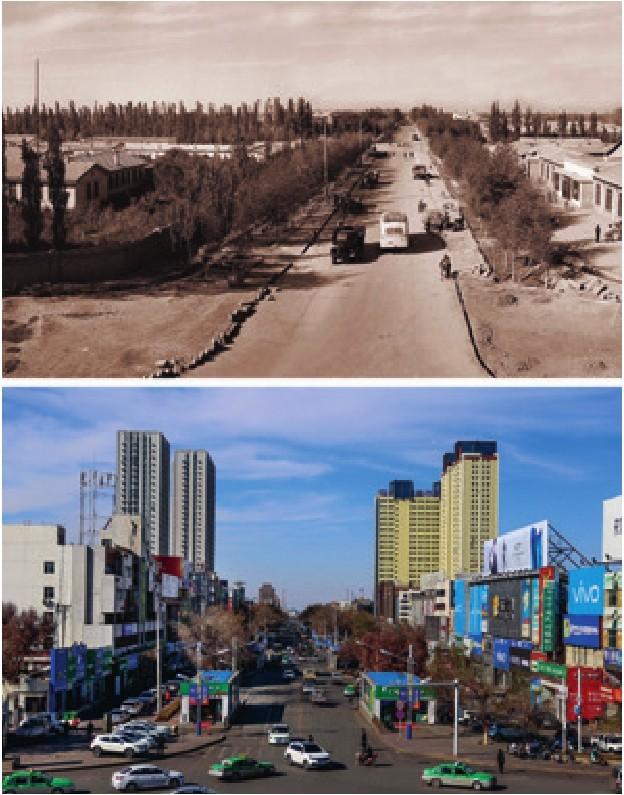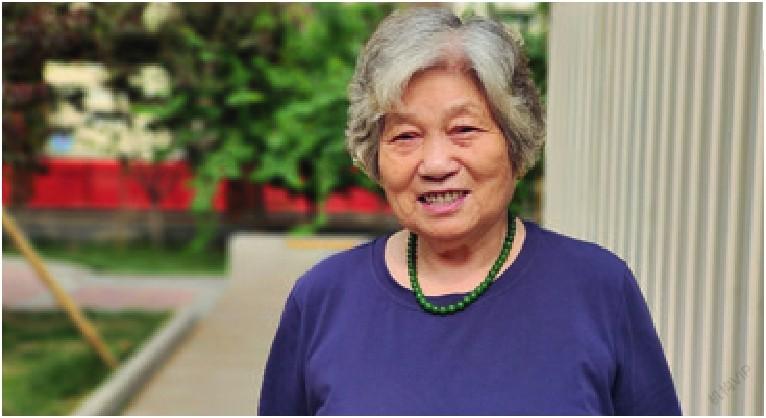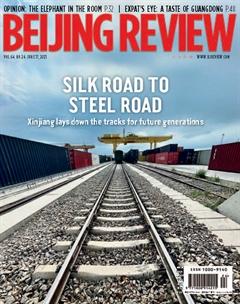THE PEOPLE WHO BUILD XINJIANG
By Li Fangfang


Eighty-one-year-old Shi Huifang could never forget her life-changing decision to venture out into Xinjiang, a remote and bare land to her in northwest China, some six decades ago. She wanted to escape poverty and create a better life for herself by putting in hard work in a new place.
At the same time, this was also a good chance for her to step away from a relationship with a young man who she was not fully committed to. “His shanty with thatched roofs did hold me back,” Shi said, half jokingly.
However, she didnt expect her boyfriend to find out about her decision and give up his job as a hydraulic engineer in Jiangsu, a province in east China, only to follow her to Xinjiang Uygur Autonomous Region, some 4,000 km away.
Shis father, secretly hoping that someone could and would take care of his daughter in the totally unknown place, gave a nod to their marriage. Shortly after their wedding, they set off on their journey to Xinjiang in July 1959, when she was 19 and her husband was 24.
Together with another 83 people from the same village, they spent about two weeks on a train traveling to a small town in Changji Hui Autonomous Prefecture, 40 km away from the city of Urumqi, the regional capital.
At that time, Xinjiang locals were mainly Uygurs and Kazaks, as well as Han migrants from neighboring Gansu Province who had been living in Xinjiang for generations.
Recalling her early days in Xinjiang, Shi said,“We worked all day long and built almost everything from scratch.” She participated in the construction of canals as well as farming. She got the chance to attend medical training and almost became a teacher before giving birth to her first child in 1962, and then became a house wife.
Although Shi rarely shared these memories with her children, the conversation came into a natural flow when her granddaughter became curious about her own roots.
I am that granddaughter.
The new frontier
My grandma gets excited whenever she flashes back to her younger years, a time full of youthful vigor, adventurous spirit as well as memories of hard work and struggles.She was among the first batch of the people moving from Jiangsu to Xinjiang as a campaign to develop the countrys border land started in the 1950s, when China was suffer- ing bouts of famine. The country made a decision in 1956 to further reclaim wasteland, when 46,000 people from Henan Province in central China made their way to Xinjiang. Most of Chinas wasteland lied in border areas, including Xinjiang.

